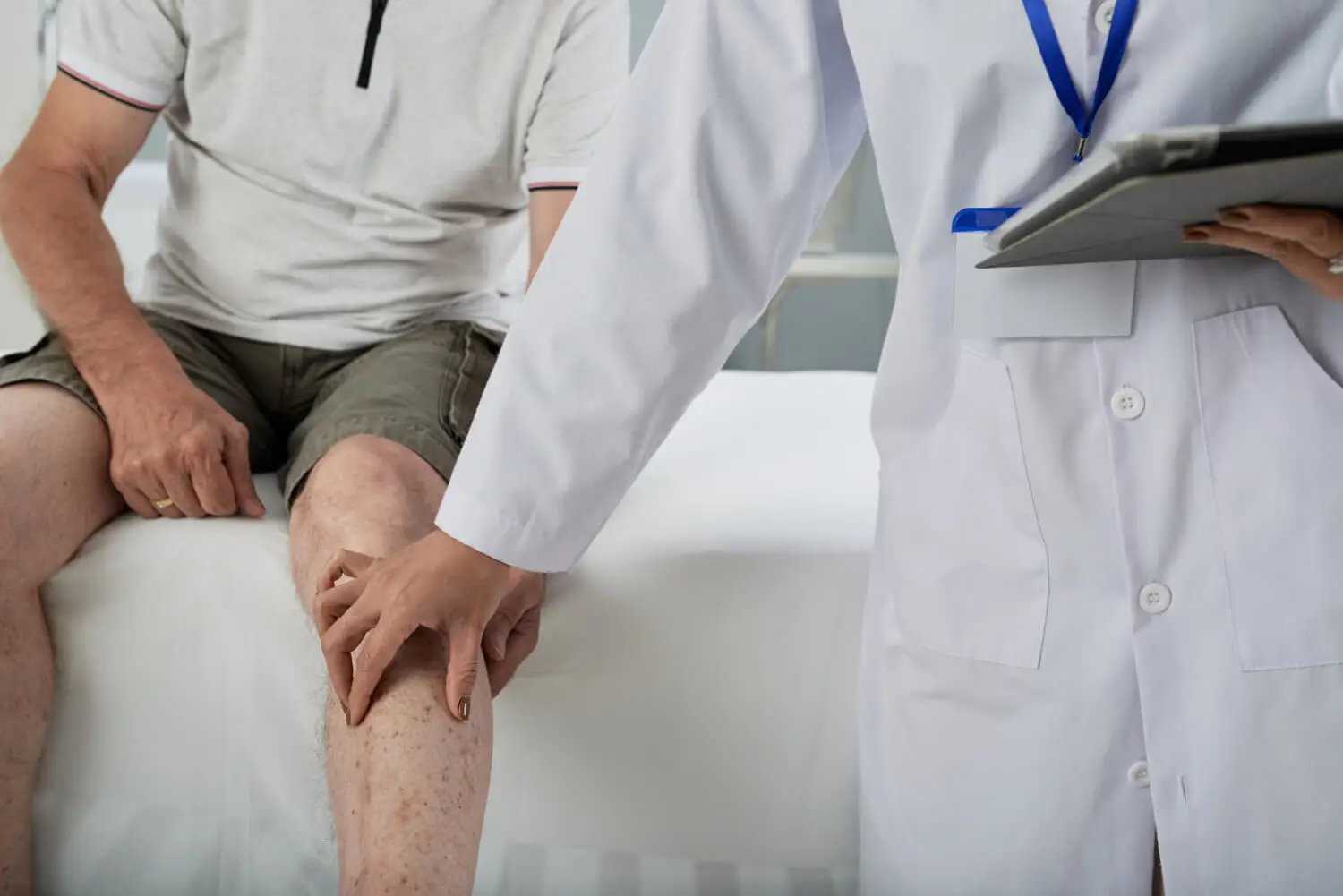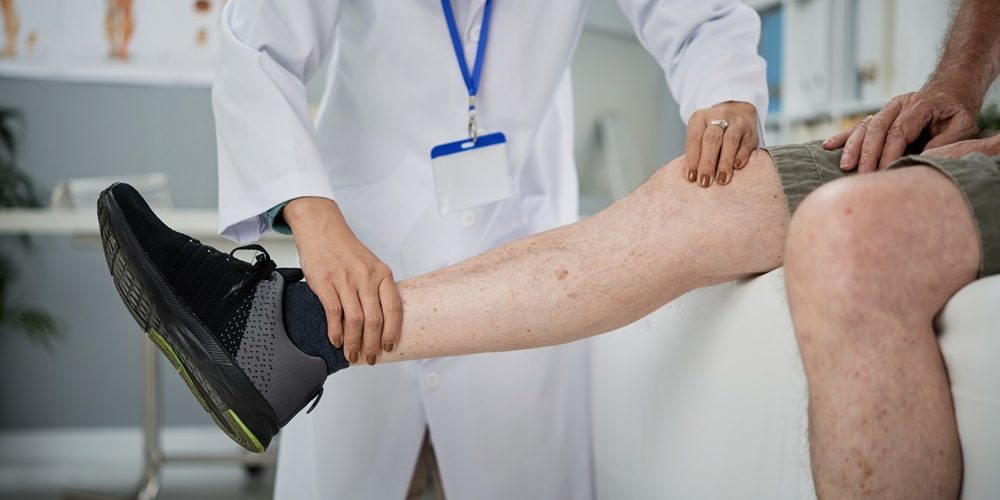Varicose veins can cause more than just cosmetic concerns. For many people, severe varicose veins lead to discomfort, pain, and complications such as swelling, skin changes, and even ulcers. One of the most effective treatments for this condition isvein ligation, a surgical procedure that addresses the underlying causes of varicose veins. In this blog post, we will explore the role of vein ligation in treating severe varicose veins, how the procedure works, and the benefits it offers to those suffering from this condition.
Understanding Severe Varicose Veins
Before diving into the details ofvein ligation for varicose veins, it’s essential to understand what causes varicose veins and why they become severe in some cases. Varicose veins occur when the veins in the legs become enlarged and twisted due to faulty valves that allow blood to flow backward. This leads to blood pooling in the veins, causing them to bulge and become visible beneath the skin.
Severe varicose veins can result in more than just visible changes. People with this condition may experience:
- Leg pain and cramping
- Swelling in the legs and ankles
- Throbbing or burning sensations
- Skin discoloration or thickening
- Painful venous ulcers open sores that can be slow to heal
When these symptoms become unmanageable with conservative treatments such as compression stockings or lifestyle changes, medical intervention liketreating severe varicose veins with ligation, may be necessary.
What Is Vein Ligation?
Vein ligation is a surgical procedure designed to treat varicose veins by tying off the affected veins, preventing blood from flowing through them. This procedure is often combined withvein stripping, which involves removing the tied-off vein entirely, but in some cases, ligation alone is sufficient.
Vein ligation reduces the symptoms of varicose veins and prevents complications such as ulcers or blood clots. It is particularly effective for treating large varicose veins in the legs.
How Vein Ligation Works
The varicose vein ligation procedure typically involves several key steps:
Anesthesia: Before the procedure, the patient is usually given local or general anesthesia to minimize pain and discomfort. The choice of anesthesia depends on the extent of the varicose veins and the patient’s overall health.
Incision: Small incisions are made near the affected veins, usually at the top and bottom of the treated vein. These incisions allow the surgeon to access the vein.
Tying off the Vein: The surgeon identifies the problematic vein and ties it off at both ends to prevent blood from flowing through it. This reduces the pressure on the vein, the root cause of the bulging, and discomfort associated with varicose veins.
Vein Removal (Optional): In some cases, the surgeon may also remove the tied-off vein through one of the incisions. This process, called vein stripping, is often used for more prominent varicose veins.
Closing the Incisions: Depending on the surgeon’s preference, the incisions are closed with stitches or surgical glue once the vein has been tied off (and removed if necessary).
After the procedure, the body’s natural healing processes gradually redirect blood flow to healthier veins, improving circulation and alleviating the symptoms of varicose veins.
Who Is a Candidate for Vein Ligation?

While vein ligation is a highly effective treatment for varicose veins, it is not suitable for everyone. Patients may be considered candidates for vein ligation for varicose veins if they:
- Have large, bulging varicose veins that cause discomfort or pain
- Experience complications such as skin ulcers or blood clots
- Have not responded to
- conservative treatments like compression stockings or lifestyle modifications
- Are in good overall health and can tolerate surgery
Your healthcare provider will evaluate your condition and recommend the best treatment plan based on your symptoms and medical history.
The Benefits of Vein Ligation Treatment
Vein ligation treatment offers several significant benefits for those dealing with severe varicose veins, making it a preferred option for many patients. Here are some of the advantages of choosing this procedure:
1. Long-lasting relief from Symptoms
One of the primary benefits of vein ligation is that it provides long-term relief from the symptoms of varicose veins. Patients often experience reduced pain, swelling, and discomfort, allowing them to return to their daily activities without the burden of varicose vein-related symptoms.
2. Minimally Invasive
Vein ligation is considered a minimally invasive procedure compared to more extensive surgeries. The small incisions during the surgery typically result in less scarring and a faster recovery time than traditional open surgeries.
3. Prevention of Complications
Severe varicose veins can lead to serious complications if left untreated. By addressing the root cause of the condition, vein ligation helps prevent complications such as venous ulcers, blood clots, and skin changes, improving the overall health of the affected leg.
4. Improved Appearance
While the primary goal of vein ligation is to alleviate symptoms and prevent complications, the procedure also improves the cosmetic appearance of the legs. By removing or closing off the problematic veins, patients often notice a significant reduction in the visible signs of varicose veins, boosting their confidence and self-esteem.
5. Fast Recovery Time
Many patients who undergovaricose vein ligation can return to their normal activities within a few days or weeks, depending on the surgery’s extent and overall health. Following the procedure, patients are usually advised to wear compression stockings and avoid strenuous activities to promote healing and prevent complications.
6. Cost-Effective
Vein ligation is generally considered a cost-effective treatment for severe varicose veins, especially compared to other surgical options. While the procedure does involve some upfront costs, the long-term relief from symptoms and prevention of complications make it a worthwhile investment in a patient’s health and well-being.
What to Expect During Recovery
After thevaricose vein ligation procedure, patients can expect some bruising, swelling, and discomfort around the incision sites. These side effects are typically mild and resolve within a few weeks. Your healthcare provider may recommend over-the-counter pain relievers or prescription medications to manage discomfort.
Patients are also encouraged to walk regularly after the procedure to promote circulation and reduce the risk of blood clots. However, avoiding heavy lifting and strenuous exercise is important until your healthcare provider gives you the green light.
Relieve Varicose Veins: Discover Vein Ligation’s Lasting Benefits Today
In conclusion,vein ligation is a valuable treatment option for individuals with severe varicose veins. This procedure alleviates symptoms, prevents complications, and improves patients’ overall quality of life by tying off problematic veins and redirecting blood flow to healthier veins. With its minimally invasive nature, fast recovery time, and long-lasting results,treating severe varicose veins with ligation offers hope to those who have struggled with this common condition. If you’re considering vein ligation, consult a qualified healthcare provider to determine if it’s the right option.
Ready to relieve your varicose veins and improve your quality of life? Discover the lasting benefits of vein ligation with Jupiter Laser today! Contact us at888-457-1970 to schedule your consultation and take the first step toward healthier veins and a more confident you.



